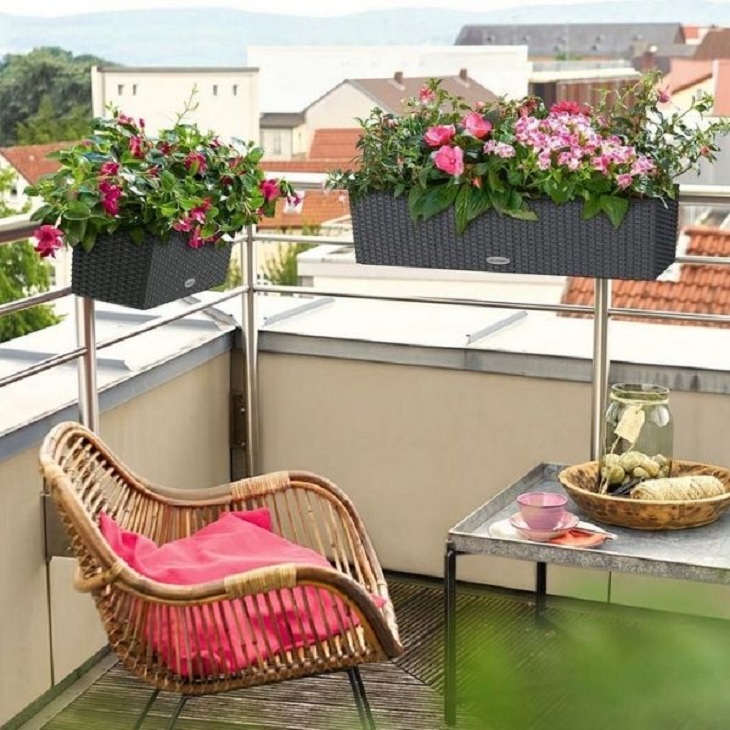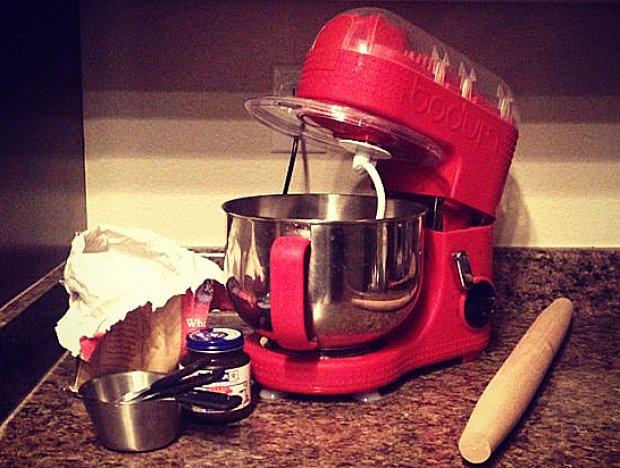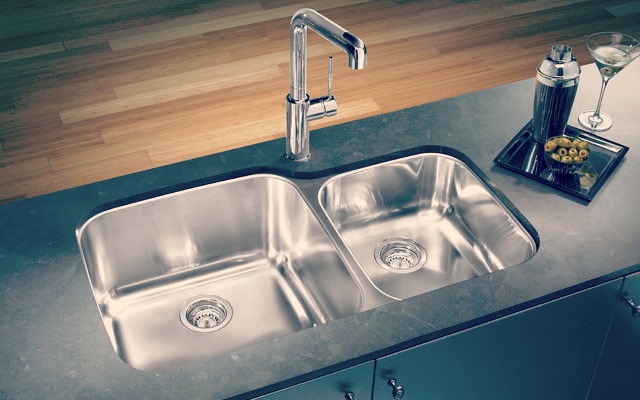Wish you could grow your own veggies and herbs but don’t have a backyard garden? Just because you don’t have a backyard doesn’t mean a garden is impossible. And considering the fact that we’re spending more time at home than ever due to the pandemic, there has never been a better time to start one.
Where, you may ask? Any space will do, even the size of a balcony can be adequate for starting a garden. How? With the help of planters. These plant pots not only allow you to transform a deck or balcony into an unexpected garden area but are great for ordinary gardens too as they improve water efficiency while allowing more control over soil and seeding conditions.
When shopping for planters, you’ll find many options to choose from ranging in shapes, sizes and designs. You’ll also have to option to choose between a traditional vs a self-watering planter. If you don’t have much time to keep an eye on your plants daily, self watering plant pots may be a more convenient option to consider.

Self-watering planters are the perfect garden solutions for those who lead a busy lifestyle but still want to grow food on their balcony, deck or patio. These plant pots also allow you to produce higher yields with less effort than traditional container gardens or even typical in-ground gardens due to the optimal nature of the growing media, moisture retention and controlled growing conditions. Like traditional containers, self watering plant pots come in different sizes and shapes to suit your growing requirements and esthetics and can be reused for many years.
While both traditional and self-watering containers offer the benefits of portability, flexibility, small footprint, and controlled growing environment, with the traditional type, you have the challenge of keeping them adequately watered. If you have a busy schedule or travel often, you may not find the time to water your plants every day, not to mention several times a day.
Water/moisture retention is another common problem with traditional containers as water runs straight through the container. This causes the plants to dry out quickly, the reason why some people rely on a shallow watering technique, which involves watering more frequently but with less water. However, who has all the time it takes to water their plants several times a day? And this can result in other issues as well, such as a poor foundation to support larger plants like tomatoes, inconsistent fruit development and not making use of all the available nutrients.
With self-watering containers, you don’t have to deal with these issues. That is because these containers use a combination of a wicking system and evaporation that ensures the soil stays moist, providing just the right amount of water to the plants. The continual source of water also allows plants to grow continuously and at peak performance. And because it is a closed system, the soil rich nutrients aren’t lost as with traditional watering, ensuring healthier and more vibrant plants.
How to Plant in a Self-Watering Pot?

Pretty much the same way you would with a traditional planter. Put some dirt into the bottom of the pot so that the base of the plant aligns with the top lip of the planter, allowing for a couple of centimetres of clearance. Place the plant and add more soil to fill your planter. Gently compact the plant to ensure it’s secure in the pot. Water the soil thoroughly.
You can start your garden with seeds or by plants from nurseries. Both have some pros and cons. Using high-quality potting soil is important for vegetables and herbs. You shouldn’t use soil from a traditional garden because it’ll compact in the containers and won’t drain water properly.
You will want to topwater your plants for the first couple of weeks till their roots grow into the sub-irrigation insert. After that, all you’ll need to do is keep them running smoothly is refill their water chamber when it runs low. How many times you’ll need to do so will depend on the size of the container you choose, the type of plant and the amount of sunlight, but it is usually once a week.
Keep in mind that most fruiting vegetables, such as tomatoes and peppers, need at least six hours of direct sunlight each day. So, for your garden to thrive, you’ll need to check your balcony or patio every hour throughout the day to confirm how long the sun directly hit the spot where you plan to put your container garden.
What Plants Benefits from Self Watering Pots?

Most plants that have deep enough roots will thrive in these containers. But you need to consider size, which means choosing vegetables that will stain in the boundaries of the container. Some of the best vegetables for self-watering pots are garlic, carrots, cherry tomatoes, cabbage, cilantro and other herbs.


















